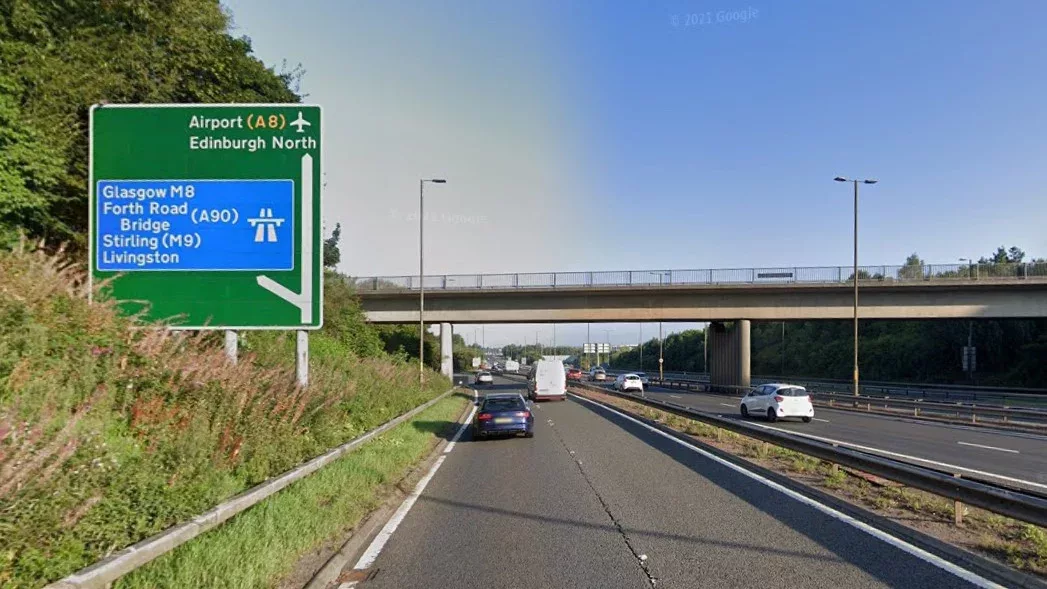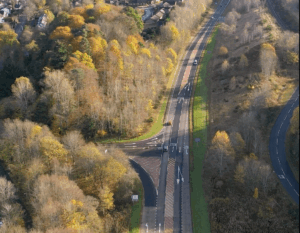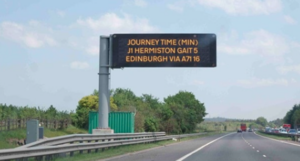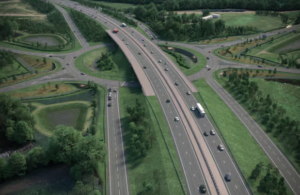A survey of Scotland’s transport and travel habits has found that there was a reduction in travel in 2022 compared to 2019.
Transport Scotland statisticians have released the Transport and Travel in Scotland statistics publication. The publication includes a range of statistics from the Scottish Household Survey (SHS) about the journeys people make and how they travel.
The publication represents the first opportunity to compare pre-pandemic (2019) and post pandemic (2022) travel habits using the Scottish Household Survey. The versions of the survey run in 2020 and 2021 are not comparable with other years due to methodological changes necessitated by the pandemic.
The survey found that in 2022, 61% of people had travelled the day before their survey interview. This is well below the 2019 figure of 74%, and the lowest figure recorded since the current version of the survey was introduced in 2012. The average number of journeys made the day before the survey interview dropped from 1.9 in 2019 to 1.5 in 2022.
When people did travel, the survey found that the journeys made were similar to previous years:
- The share of journeys made by each transport mode in 2022 was broadly similar to 2019. 55% of journeys were made by driving a car or van, up slightly from 53% in 2019. Walking was the next most popular mode of transport (23% of journeys), followed by 11% as car passenger, 6% by bus, 2% by cycling, and 2% by rail.
- The share of journeys made for each purpose in 2022 was broadly similar to 2019. Shopping was the most frequent reason for travel (23% of journeys). Commuting was the next most common at 21% of journeys.
- The survey also found changes in levels of homeworking and commuting habits. 31% of employed people reported that they currently worked from home in 2022. This compares to 16% in 2019. The proportion of people who reported travelling to work 5 days a week dropped from 62% in 2019 to 38% in 2022.
In other findings, the survey recorded a drop in satisfaction with public transport. The proportion of all survey respondents stating that they were very or fairly satisfied with public transport in 2022 was 58%, a ten percentage point drop from 2019 (68%).
Satisfaction with public transport was higher amongst actual users of public transport (those that had used bus or train in the past month), with 67% of users reporting that they were satisfied in 2022. However, this also represented a drop in satisfaction compared with 2019 (76%).
Additionally, there was an increase in respondents who owned an electric vehicle. 4.1% of driving licence holders reported owning an electric vehicle. This is an increase from 1.6% in 2019 and 0.3% in 2016.
In 2022, there was an increase in respondents giving the costs surrounding electric vehicles as a reason for not considering buying an electric car/van. The proportion of respondents giving the cost of vehicle purchase as a reason not to consider buying increased from 36% in 2019 to 52%, and the proportion of respondents highlighting running costs as a reason not to buy increased from 7% to 13%.
(File picture – BEAR Scotland)






















